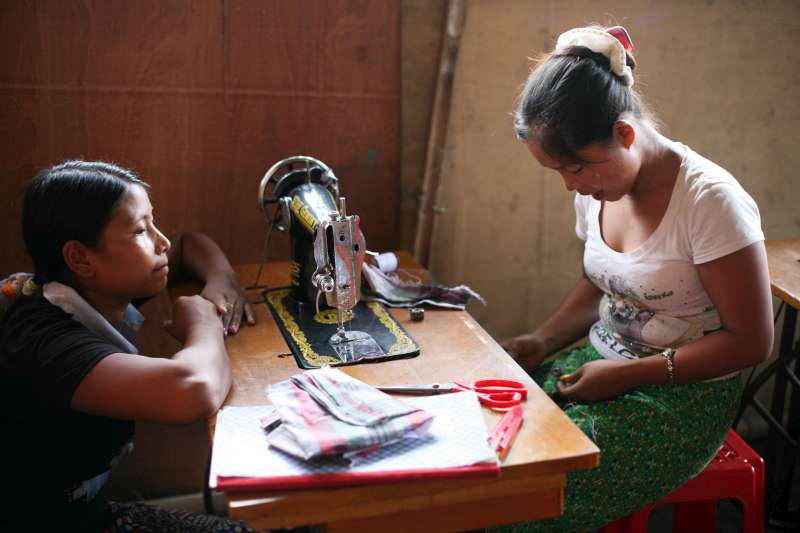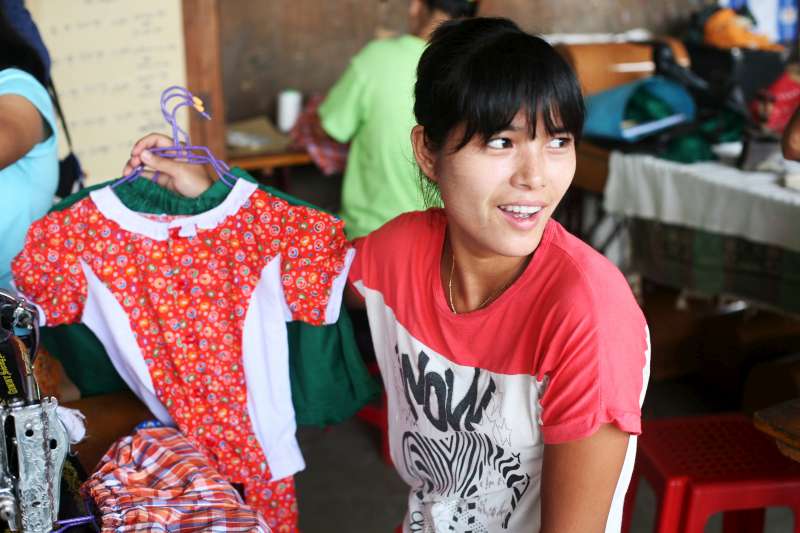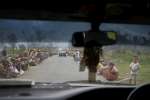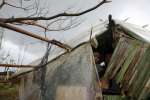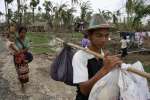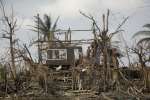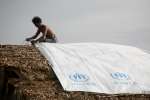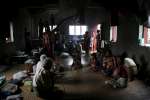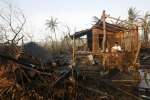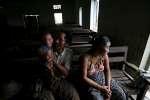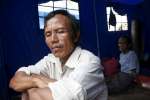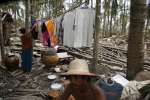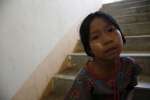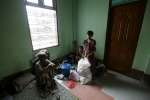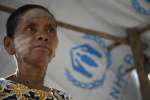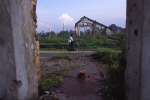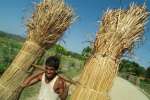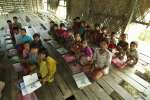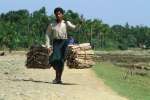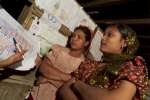Stitch by stitch towards greater protection in northern Myanmar
News Stories, 30 October 2014
LAIZA, Myanmar, October 29 (UNHCR) – With colourful fabrics spread around tables and the rhythmic sound of sewing machines, interrupted by laughter and conversation, there is great camaraderie among a group of women in one of Laiza's camps for internally displaced people (IDP). But these resilient students have all lost their homes and belongings.
"In this training I mainly learned how to make children's clothes. We started learning with children's clothes, then shirts, trousers, coats and some longyis (a traditional skirt for men and women) and blouses," says 24-year-old trainee Maran Ja* enthusiastically.
Women of all ages diligently follow the instructions of the trainer and sew together pieces to form a tartan-patterned men's shirt. They are part of a pilot project run by UNHCR to foster cohesion among IDP women in Hpun Lum Yang camp and to help them find solutions for the practical problems that they and their community face.
Kachin state in north-eastern Myanmar is the scene of a conflict that resumed in June 2011, breaking a 17-year-long ceasefire agreement between the Myanmar government and the Kachin Independence Organization. The fighting has displaced more than 100,000 people so far.
UNHCR has been responding to the humanitarian crisis by providing shelter and emergency relief items in the IDP camps as well as closely monitoring the protection situation.
"I lost my husband, my youngest child is three years old and altogether I have six children," says Bawk Mai, one of the tailoring trainees. "I have almost no time to go out and work. My mother is old and so I have another person to look after."
Many of the families in the IDP camps are headed by women. In some cases, husbands leave for extended periods of time in search of work, others have fallen victim to the conflict. Women carry the burden of looking after the family, making sure the children get enough food and adequate clothing, taking care of shelters and, when possible, trying to make a living.
Small projects and activities, like tailoring lessons, provide displaced women with a safe source of income and encourage them to get together, share their concerns and help others. Increasingly, UNHCR is supporting IDPs to initiate community-based protection activities to help the community help themselves. They identify, discuss and decide how to address protection issues.
Displaced people can be exposed to higher risks of exploitation, forced labour, extortion and other abuses. Women and girls especially face the risk of being trafficked.
In the camps where the pilot programmes started in late 2013, tailoring training was identified by women as one way to respond to the protection risks they face. The members of the women's committee then selected the trainees for tailoring. Participants included widows, women with many children, students who have dropped out of school and people living with disabilities. Survivors of trafficking are expected to join in the future.
Since the skills-training courses were launched, classes have been replicated in 11 camps throughout Kachin benefitting some 340 women. Training is also provided in knitting, weaving and soap-making, though tailoring remains the most sought-after skill. The trainees learn basic tailoring skills in three months and are able to produce a broad range of clothes.
Together with skills training there are sessions on awareness-raising on protection issues such as domestic violence, sexual and gender-based violence, trafficking and the needs of older people in the camp. Increased awareness on the risks they face is a first step towards prevention.
The training is also protection: "By attending this training, the girls can learn some skills and make a small income. But more than anything it keeps them busy. They don't have time to get bored and think of the option to go to China and run into risks of abuse and exploitation. This is already protection!" comments one of the women.
The activity is also helping them to look ahead. "This tailoring skill can be useful even when we move from the camp back to our village," says participant, Lashi Lu Shawng. "I believe we can earn money and find a sewing machine and use the skill as a livelihood to support our families."
In the future, the trainees would like to receive training in advanced skills in order to sew more elaborate traditional clothes. They believe that once they have these skills, they will feel more independent and confident in their lives.
*All names changed for protection reasons
By Medea Savary in Laiza, Myanmar




